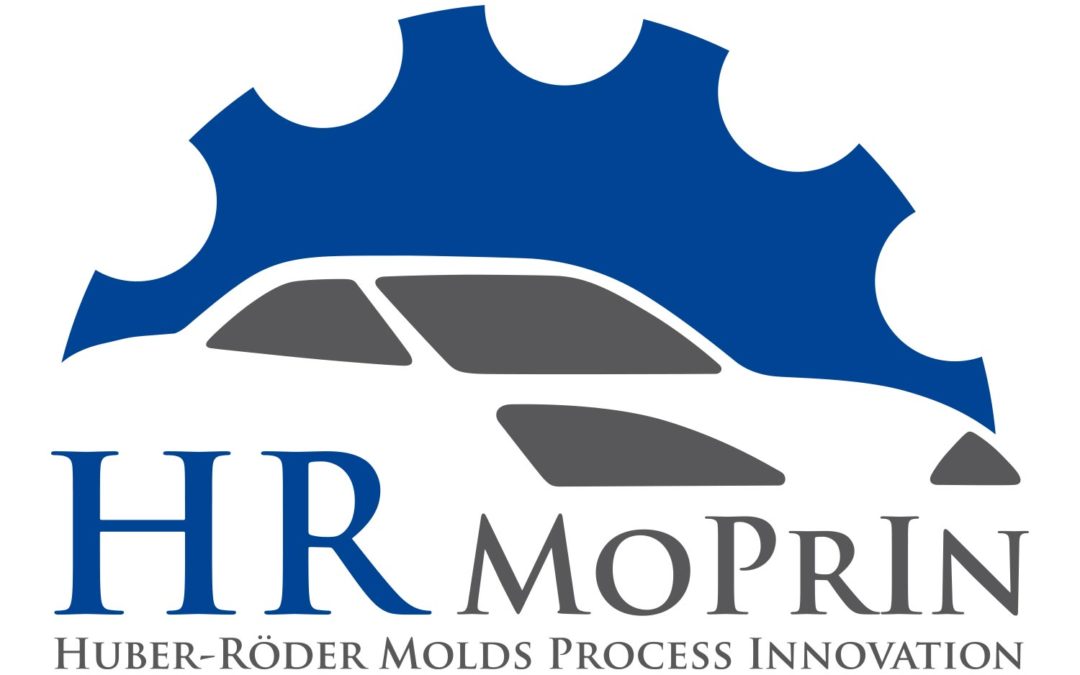HR-MoPrln GmbH is a young, innovative company that was founded in October 2016. The company advises and supports the automotive and seal industry worldwide in the field of sealing systems and molded articles through technical consulting. Based on our experience in the sealing sector, we are currently working with the WDK (German Rubber Manufacturers’ Association) and other well-known companies on the preparation of a guideline for the “Manufacturing of TPE corner joints in the static sealing sector”.
Today, TPE corner joints in the static and dynamic sealing sector of the automotive industry have become indispensable. Since more than ten years, corner joints made of EPDM were more and more replaced by those made of TPE due to manufacturing advantages, e. g., recycling of sprue, shortening of cycle times, cold injection forms, etc. The turnaround on TPE corner joints over time also brings with it the reconsideration of the construction and the design of these corner joints, which has not yet fully established itself. So far, the constructions of the TPE corner joints are still predominantly taken over from the previous EPDM corner joints, without much revision. Also, the designs of these corner joints are becoming increasingly complex in terms of trimming, the incorporation of more washer flanges and narrower connections between the individual washer flanges. However, the designs still differ very little from the EPDM design. In this case, this means that one still pays too little attention to thin wall thicknesses of approximately 1-3 mm, the position of a sprue point or wall thickness jumps. Often, in the EPDM area, thickenings were introduced in the B-pillar area, which at that moment served as gap fillers in the sheet-metal area. This is very unfavorable in the TPE range, since these thickenings or wall thickness jumps lead to very large problems in the area of the injection process in an open mold. Here, for example, we speak of non-compliance with the requirements of sink marks, binding and filling problems, air bubbles or streaking, which are later difficult to correct in mass production and lead to increased rejects. On the basis of these experiences with the problems in the series production, here in the area of the construction, sheet metaI and shield design, a rethinking should begin. What was back then considered valid for EPDM is not fully applicable to TPE

